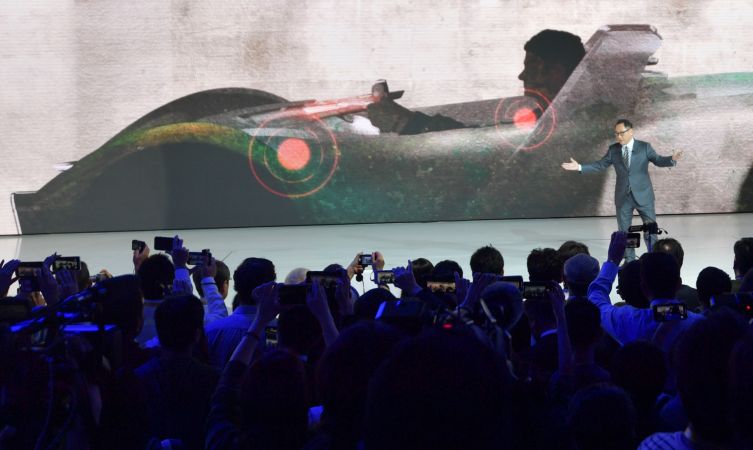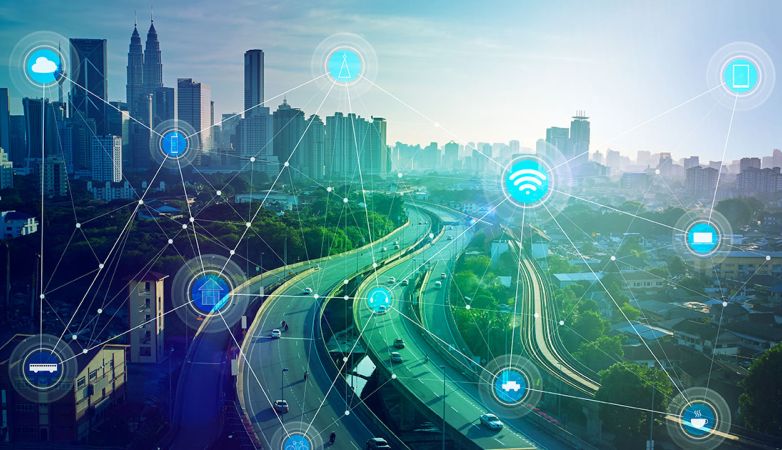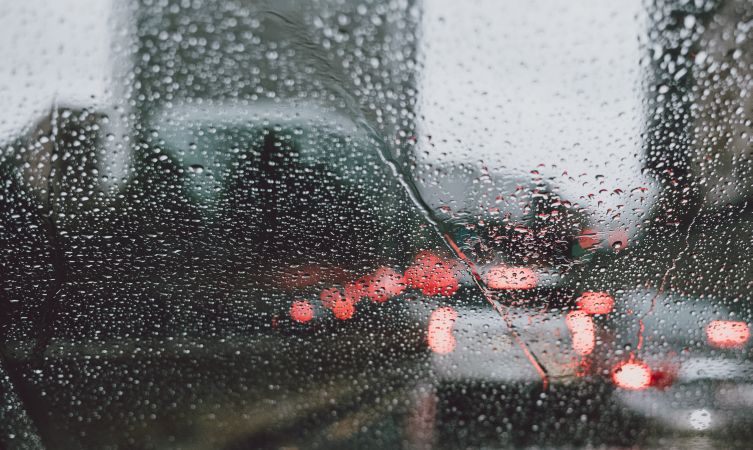In the Toyota press conference at the recent Tokyo Motor Show, president Akio Toyoda expressed his desire to develop technologies that create connections between people, culturing a society in which people can help one another.

One such technology currently being evaluated is a collaborative project between Toyota and Japanese weather network Weathernews. It involves the real-time monitoring of windscreen wiper used in Toyota’s connected cars in order to better understand local driving conditions.
The team behind this venture believes that by overlaying vehicle data with that coming from the existing weather observation network, individual drivers can actively help weather forecasters improve their accuracy while at the same time increase hazard awareness and safety for other road-users.

Rain cloud radar systems cannot always detect light showers, or rain coming from the lowest levels of the troposphere
It’s a brilliantly simple idea. Drivers instinctively activate their vehicle’s windscreen wipers in response to rain, and the speed of the wipe typically corresponds to the severity of the downpour. If only one or two people activate their wipers, it is likely that they just needed to clean their windscreens. But if numerous people travelling through the same area activate their windscreen wipers, the reason will usually be meteorological.
Interestingly, standard rain cloud radar systems cannot always detect light showers, or rain coming from the lowest levels of the troposphere. Yet fine drizzle has a blinding effect that will usually prompt drivers to activate their wipers. Which means that data extracted from Toyota’s connected vehicles has the potential to identify weather phenomena that might otherwise go undetected.

Accidents on Japan’s motorways are four times higher on rainy days than sunny days
By combining both systems, weather severity can be more precisely determined and forecasting accuracy can be greatly improved, to the point where areas at risk of flooding can be predicted ahead of time. This has the potential to save many lives, as figures show that the rate of accidents on Japan’s motorways are four times higher on rainy days than sunny days.
Weathernews already reaches out to its app subscribers to file weather reports to enhance the data coming from its existing observation network, which is spread across some 13,000 locations nationwide. But it is fascinating to think that through this connected car technology, hundreds of thousands more individuals can directly contribute to increased road safety in broader society through the simple act of activating their windscreen wipers.

Connected cars: Did you know?
Toyota began the full-scale rollout of connected vehicles in Japan in June 2018, which means that nearly all passenger cars launched domestically since that date are equipped with an on-board data communication module.
Learn more: What does Toyota Safety Sense technology include?




